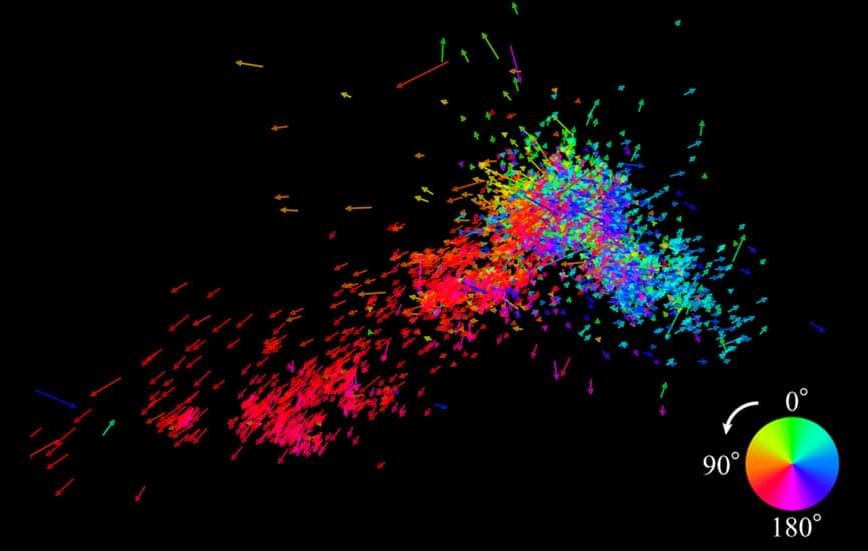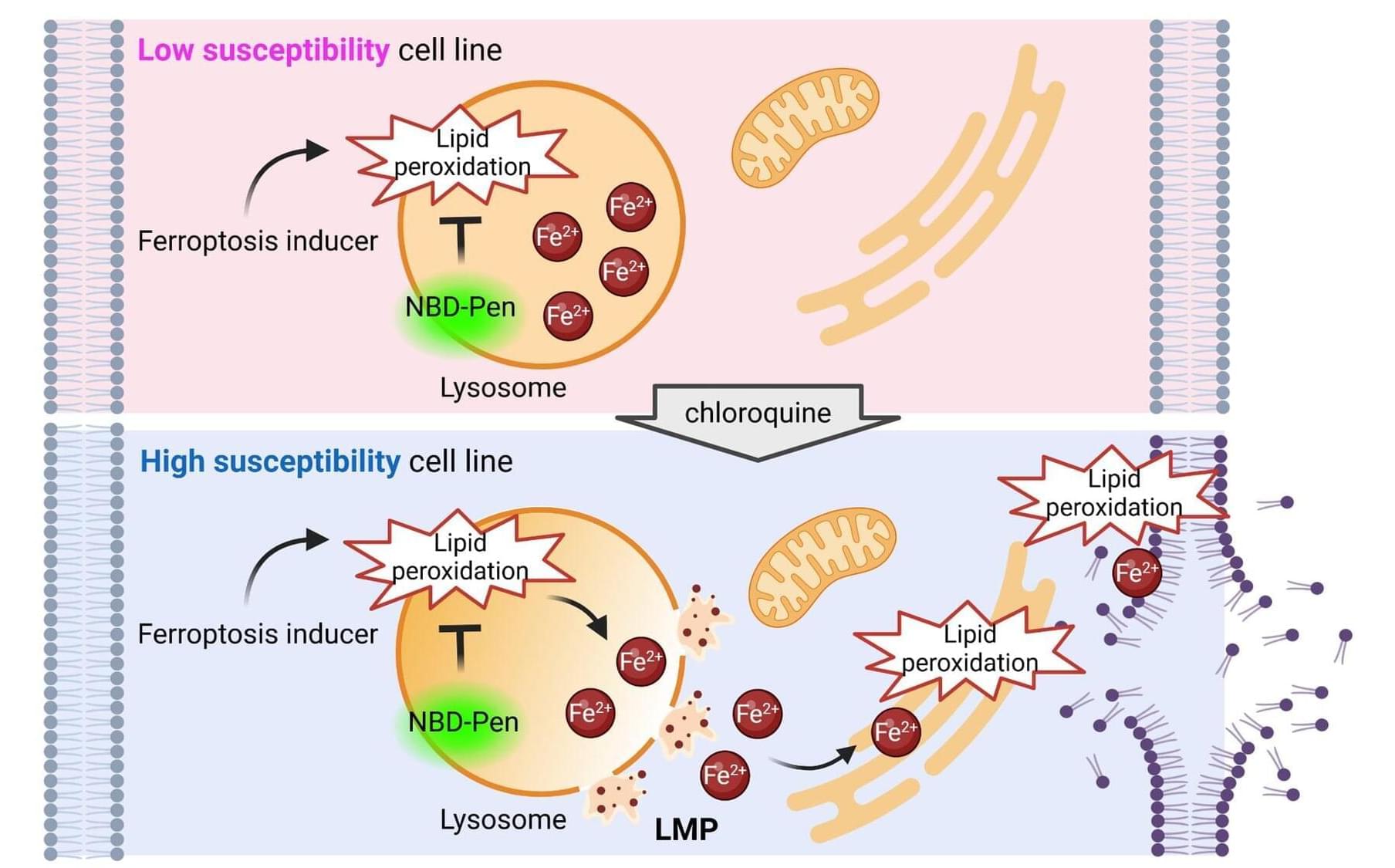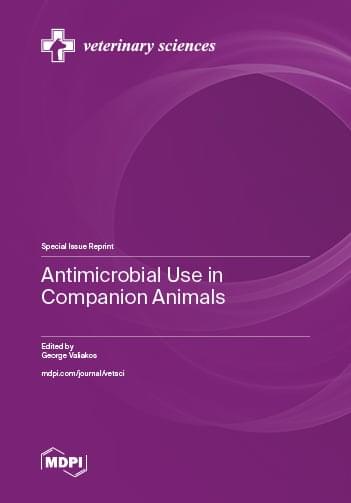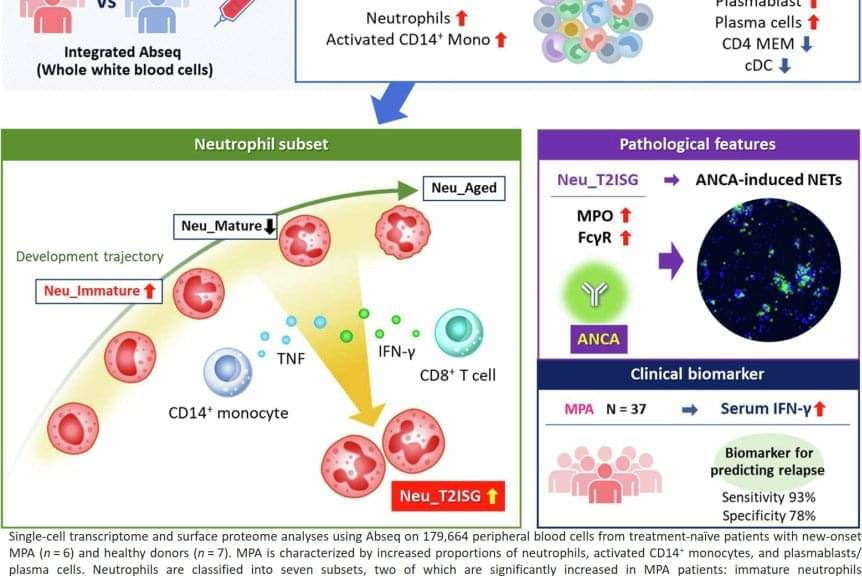
Is the nearest galaxy to ours being torn apart? Research suggests so. A team led by Satoya Nakano and Kengo Tachihara at Nagoya University in Japan has revealed new insights into the motion of massive stars in the Small Magellanic Cloud (SMC), a small galaxy neighboring the Milky Way. Their findings suggest that the gravitational pull of the Large Magellanic Cloud (LMC), the SMC’s larger companion, may be tearing the smaller one apart. This discovery reveals a new pattern in the motion of these stars that could transform our understanding of galaxy evolution and interactions. The results were published in The Astrophysical Journal Supplement Series.
“When we first got this result, we suspected that there might be an error in our method of analysis,” Tachihara said. “However, upon closer examination, the results are indisputable, and we were surprised.”
The SMC remains one of the closest galaxies to the Milky Way. This proximity allowed the research team to identify and track approximately 7,000 massive stars within the galaxy. These stars, which are over eight times the mass of our Sun, typically survive for only a few million years before exploding as supernovae. Their presence indicates regions rich in hydrogen gas, a crucial component of star formation.









